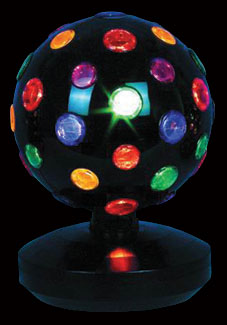
230 Volts Flashing Lamps circuit
Especially designed for Christmas tree lamps
Replaces old thermally-activated switches

| PARTS LIST | |
| R1 | 100KΩ 1/4W Resistor |
| R2 | 1KΩ 1/4W Resistors |
| R3 | 470Ω 1/4W Resistors |
| R4 | 12KΩ 1/4W Resistor |
| R5 | 1KΩ 1/4W Resistors |
| R6 | 470Ω 1/4W Resistors |
| C1 | 1000µF 25V Electrolytic Capacitor |
| D1 | 1N4007 1000V 1A Diodes |
| D2 | 1N4007 1000V 1A Diodes |
| D3 | 1N4007 1000V 1A Diodes |
| D4 | 1N4007 1000V 1A Diodes |
| D5 | P0102D 400V 800mA SCR |
| Q1 | BC327 45V 800mA PNP Transistor |
| Q2 | BC337 45V 800mA NPN Transistor |
| PL1 | Male Mains plug |
| SK1 | Female Mains socket |
Device purpose:
This circuit is intended as a reliable replacement to thermally-activated switches used for Christmas tree lamp-flashing. The device formed by Q1, Q2 and related resistors triggers the SCR. Timing is provided by R1, R2 & C1. To change flashing frequency do not modify R1 and R2 values: set C1 value from 100 to 2200µF instead.
Best performances are obtained with C1= 470 or 1000µF and R4= 12K or 10K. Due to low consumption of normal 10 or 20 lamp series-loops intended for Christmas trees (60mA @ 230V typical for a 20 lamp series-loop), very small and cheap SCR devices can be used, e.g. C106D1 (400V 3.2A) or TICP106D (400V 2A), this last and the suggested P0102D devices having TO92 cases.
Important Note:
For proper operation it is absolutely necessary to employ high Gate-sensitive SCRs.
If you are unable to find these devices you can use Triacs instead. In this case the circuit operates also with relatively powerful devices. A recommended Triac type is the ubiquitous TIC206M (600V 4A) but many others can work.
Please note that, in spite of the Triac, diode bridge D1-D4 is in any case necessary.
Warning! The device is connected to 230Vac mains, then some parts in the circuit board are subjected to lethal potential! Avoid touching the circuit when plugged and enclose it in a plastic box.
Please send your ideas, those are very important for our success…